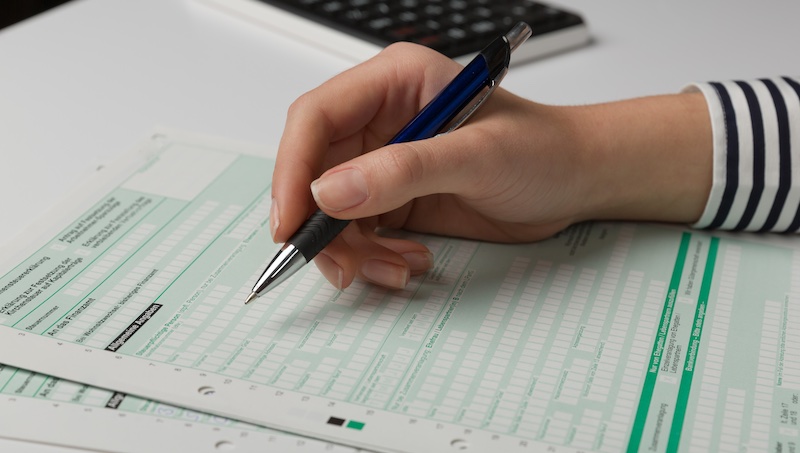Subsequent prepayments: What do they mean in tax terms?
Tax prepayments are generally known to the self-employed. But so-called “subsequent advance payments” often raise many questions – and after the post from the tax office, they can quickly bring beads of sweat to your forehead. Tax lawyer and Smartsteuer boss Stefan Heine knows what this is all about.
The self-employed have to pay different taxes for a successful business; Depending on the type of trade and legal form, this includes sales tax, income tax or corporation tax for GmbH and trade tax.
Contents
Tax and advance payments: This applies to the self-employed
As with the income tax of employees, a tax assessment is issued once a year, which brings all tax liability to the table. But for larger companies, the state does not want to wait a whole year for taxes to be paid.
Therefore, the self-employed have to make advance tax payments, which have to be made in different periods depending on the type of tax and tax liability. In the case of sales tax, for example, a quarterly pre-registration must be made for a sales tax debt of EUR 1,000 to 7,500 per year.
If the turnover is more than this, it must be made monthly, and no advance payment is required for less than 1,000 euros. Certain limits must also be reached for income tax or corporation tax and trade tax so that advance payments are due.
Subsequent prepayments: Tax returns determine the future
If prepayments are necessary, the deductions are calculated based on the data available to the tax office from the previous tax return. However, if the values change due to a new tax return, it is not just about making additional payments.
The advance payments that should have been made must also be paid later. It is therefore calculated what total amount should have been paid in advance. The difference to the advance payments made must then be settled – these are the so-called “subsequent advance payments”.
Subsequent advance payment for income tax – an example
This exemplary process shows how such a subsequent advance payment for income tax can happen: The company is founded in 2021, there is a small profit, no advance payment is required. 2022 went well, with a decent profit. In September 2023 you make the declaration for 2022. In February 2024, the decision comes with three demands:
- Taxation 2022
- subsequent advance payments in 2023
- Advance payments for 2024
For many entrepreneurs, these three bundled demands come as a surprise. If there are not enough reserves here, it can quickly become uncomfortable.
Avoid subsequent advance payments, deal with the tax in good time
Of course, the best thing to do is prevent yourself by familiarizing yourself with tax issues in good time. Here it is important to keep dealing with the tax again and again – because anyone who is self-employed part-time has to follow different regulations than an owner in a high-revenue company.
The following therefore applies: prepare early for increasing profits and set up reserves. The profit changes should then be proactively communicated to the tax office and an adjustment to the advance payment made.
If the worst case occurs and a subsequent advance payment is due, this should be checked carefully in the first step and a conversation with the tax office should be sought. If necessary, a deferral or installment payment can be agreed, but this is often difficult, so it is often necessary to go to the bank for a loan.
Also interesting:
- In these 10 countries, people have the most vacation days
- Remote work: These are the biggest risks when working remotely
- Inflation: That’s how much your salary has lost in value
- VG Wort, VG Bild-Kunst, GEMA and Co.: How do I properly tax royalties?
Subsequent prepayments: What do they mean in tax terms? by Stefan Heine appeared first on BASIC thinking. Follow us too Facebook, Twitter and Instagram.



